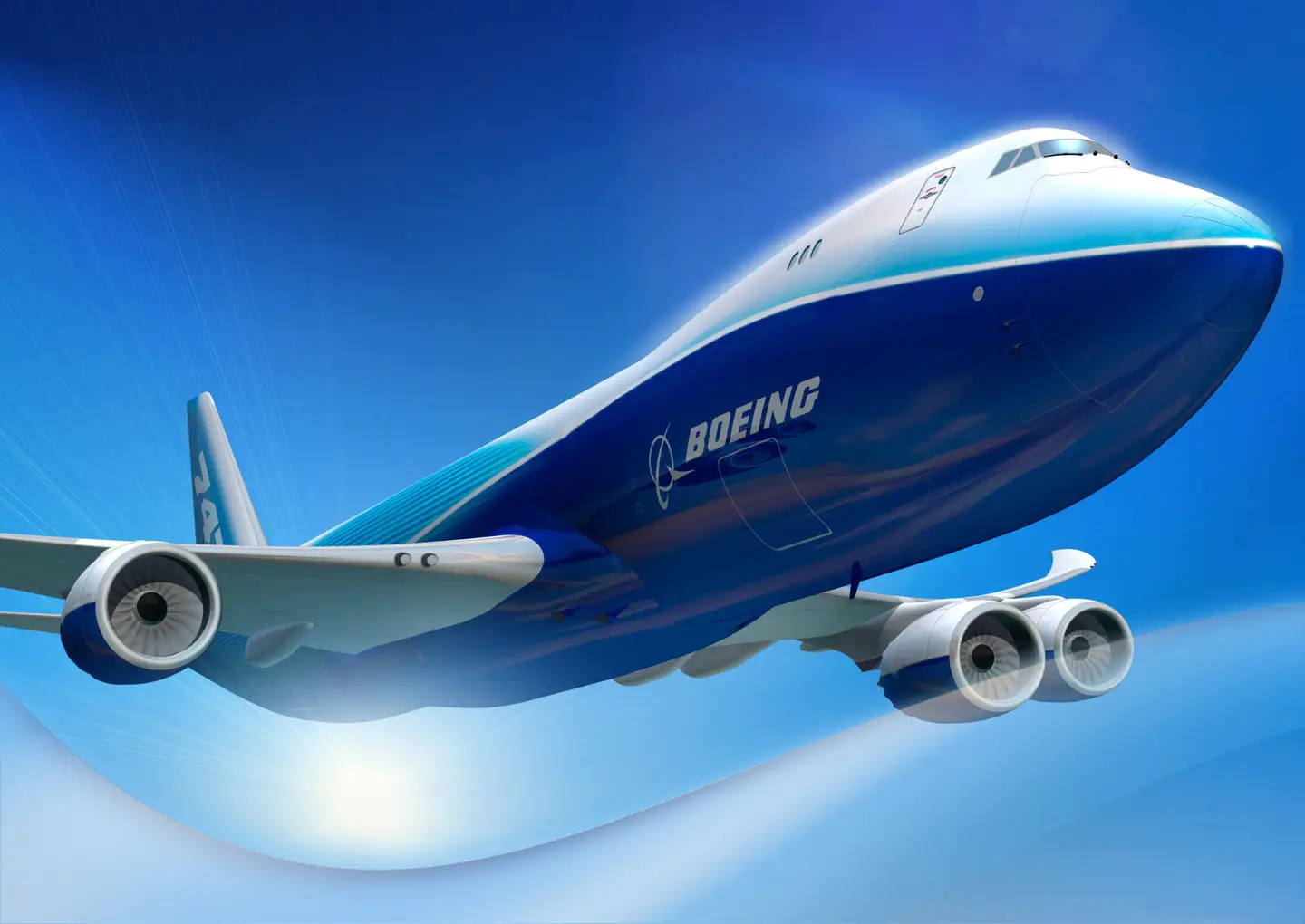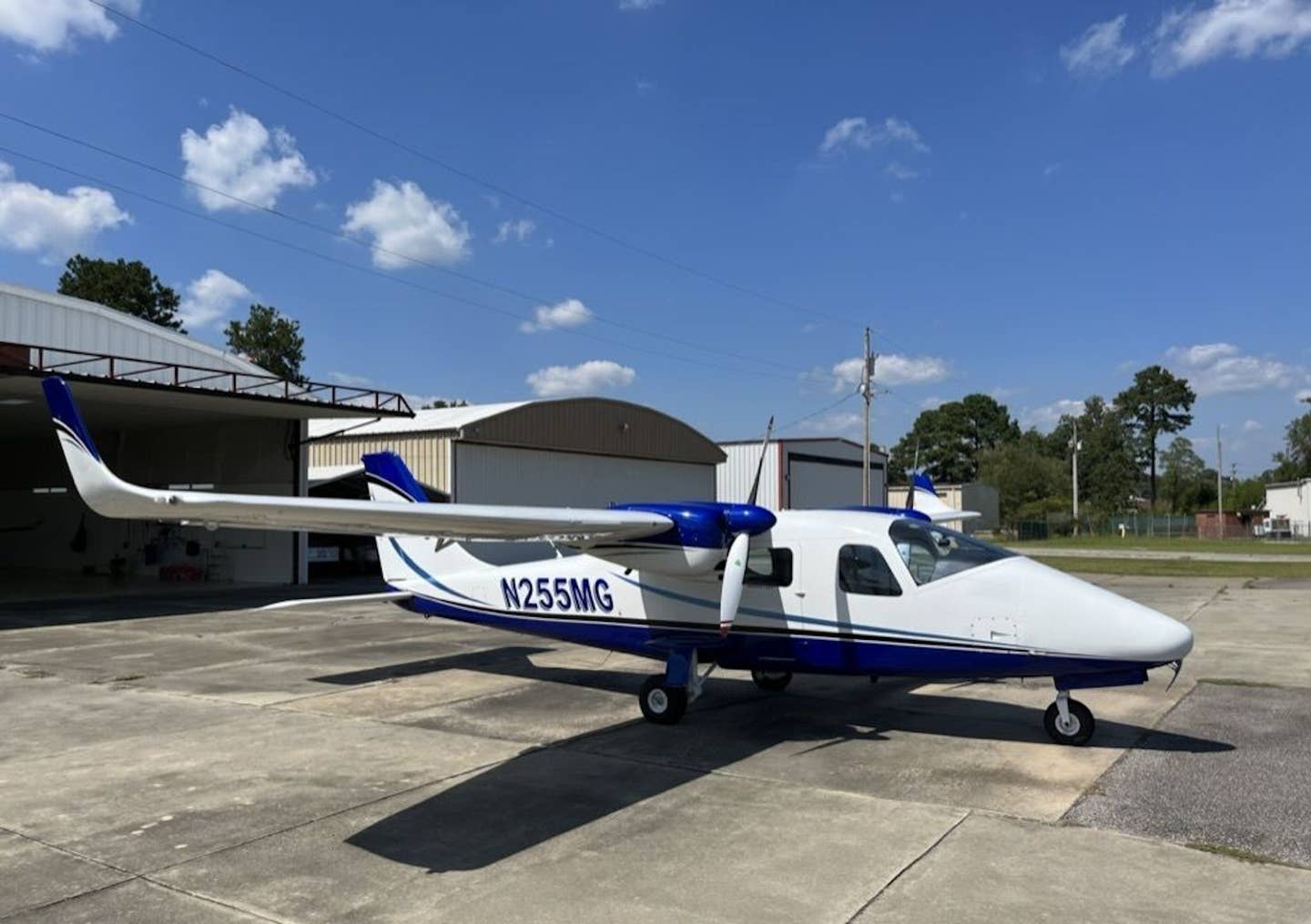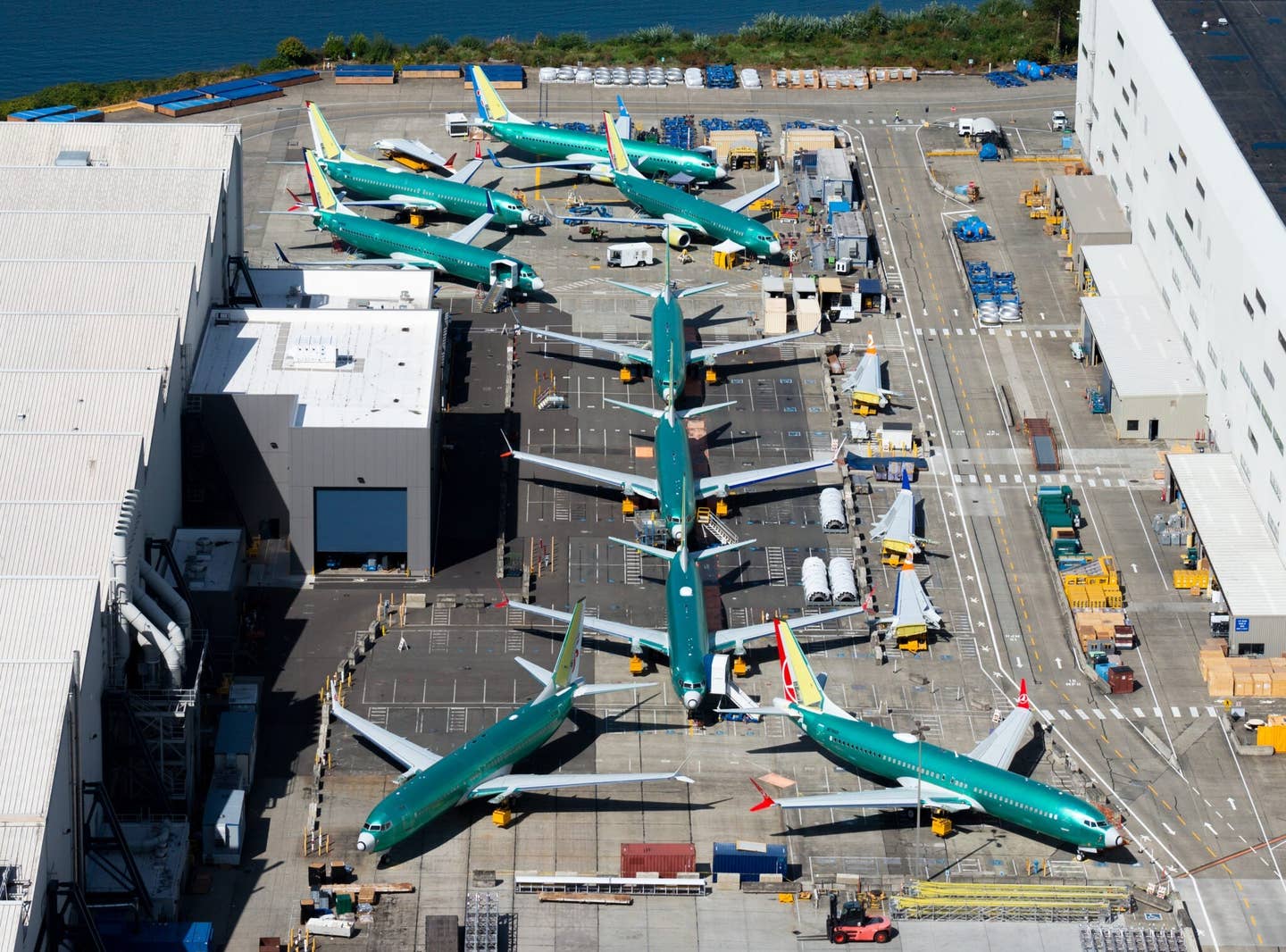The Last 747, Queen of the Skies
The last 747 has rolled off Boeing’s production line, but the iconic jumbo jet still has plenty of history to make.

An artist’s rendition of the 747-8 freighter version. [Courtesy of Boeing]
The last 747 has rolled off Boeing's production line, but the iconic jumbo jet still has plenty of history to make.
Atlas Air took delivery of a 747-8 freighter on January 31, 2023, marking the end of an era for an iconic aircraft that transformed air travel and made it accessible to the average person. From the 747-100 to the 747-400, and then the modern 747-8, The Boeing Company built both passenger and freighter versions, and many used 747s that began in passenger configurations were converted to freighters by third-party engineering firms.
If you're not already a subscriber, what are you waiting for? Subscribe today to get the issue as soon as it is released in either Print or Digital formats.
Subscribe NowA live webcast of the delivery ceremony took place that afternoon. Thousands of people—including current and former employees as well as customers and suppliers—were on hand at the factory in Everett, Washington, to mark the historic occasion.
Most pilots may not realize that the 747 was originally designed—by the legendary aerospace engineer Joseph Sutter and his team—with freight in mind, unlike most airplanes built for passengers with a cargo variant.
The jumbo jet globalized trade in terms of range, size, and economies of scale it offered. The unique nose door allowed for long and outsized loads, and many of the main-deck pallets common today were developed in direct response to the introduction of the 747.
Flying the 747—as well as flying on the 747—was an experience that no other aircraft offered, with a staircase to the upper deck. It was so culturally and economically significant, and had such a unique figure, that it had its own nickname: Queen of the Skies.
Air Force One, which has carried U.S. presidents around the world for decades, is a special version of the 747 with the military designation VC-25. The jet was regularly seen on TV ferrying the Space Shuttle for NASA to Florida for launches.
On June 4, 2007, the Dreamlifter, a specially modified 747-400 used to transport major assemblies of the all-new Boeing 787 Dreamliner, gained type certification from the FAA.
Boeing began deliveries of the 747-8 freighter a decade ago. The latest model is 18.3 feet longer than the 747-400 and accommodates four additional main-deck pallets and three lower-hold pallets. The same type of engines power it—the General Electric GENX-2B—as those on the 787 Dreamliner.
Although Boeing will no longer manufacture new 747s—and most passenger versions are retired in favor of more fuel-efficient twin-engine jets—the 747-8s are sure to grace the skies for several more decades, steadfastly contributing to the global economy.
The Final Customers
All-cargo airline Atlas Air will operate the final production 747 freighter for global logistics giant Kuehne + Nagel under a dedicated contract. The airplane bears the livery of Apex Logistics, a Hong Kong-based air-freight forwarder that K+N acquired in 2021. In total, Atlas received the final four 747-8s produced by Boeing. Two are assigned to Kuehne + Nagel, and one is flying under the control of Cainiao, the logistics arm of e-commerce platform Alibaba.
Atlas Air, based in Purchase, New York, is the largest operator of 747s in the world. As of the time of delivery, it will have 43 747Fs, including nine -8s. All told, it has 50 jumbo jets, including the seven 747s it flies as passenger charters for the military, sports teams, and other airlines, according to the FlightRadar24 database.
Other airlines still operating large 747 cargo fleets include Cargolux, Cathay Pacific, Kalitta Air, Korean Air, and Singapore Airlines. In passenger service, airlines include Lufthansa, Air China, Asiana Airlines, and Max Air at the time of publication. And Korean Air has operated 10 of the model 747-8, configured with six seats in first class, 48 in business class, and 314 in economy.
People hold fast to their memories and impressions of the 747. Graham Perkins, a senior vice president for sales and marketing at Atlas Air, grew up near the airport in Calgary, Alberta, and fell in love with the 747 at an early age. “All three major Canadian carriers flew the 747s into my city, and I would plane spot with my binoculars to see these giants coming and going,” he said in Atlas Air’s Tailwinds blog. “To say I was in awe of the size and grace of these aircraft would be an understatement. And it is something I still feel to this day every time I see a 747.”
Today, Graham works with shippers who need the 747 for airlift. “Knowing the capabilities and performance of these incredible aircraft makes my job to place these planes that much more enjoyable,” said Graham, who celebrated his 20th anniversary with Atlas in September. “It is a source of pride to know that we operate the largest fleet of 747s in the world, and our customers value this from us.
“A lot of [Atlas’] success and attitude to win was developed on the back of the 747 itself. We should all be very proud of that and very thankful for this incredible aircraft that changed aviation forever. Luckily, we will see our latest deliveries flying for the next 30 to 40 years, so our success will continue well into the future.”
No matter where the last flight takes place of the 747, there’s no doubt it will be long in the future, as it continues to function as a valuable part of the global supply chain. The jumbo jet's impact on connecting the world cannot be overstated.
This column originally appeared in the May 2023 Issue 937 print edition of FLYING.
By the Numbers
| 56 | Age—Boeing started production in 1967. |
| 1,574 | Number manufactured. |
| 4 | Number of engines. |
| 100+ | Number of customers. |
| 118 million | Number of collective flight hours. |
| 2 | Days it took to sell out of the limited edition “Boeing 747 Forever Incredible” commemorative coin. |
| 3 | The number of World Cup soccer fields the 747-8 can travel in one second. |
| 6 | The 747-8’s tail is as tall as an average six-story building. |
| 303,700 | Payload in pounds of the 747-8 freighter. |
| 10,767 | The number of solid gold bars from Fort Knox the 747-8 freighter can carry. |
| 16 | Percent fuel efficiency improvement of the 747-8 from the 747-400 freighter. |
| 24 | Extra metric tons of payload the 747-8 can carry versus the 747-800. |

Subscribe to Our Newsletter
Get the latest FLYING stories delivered directly to your inbox







